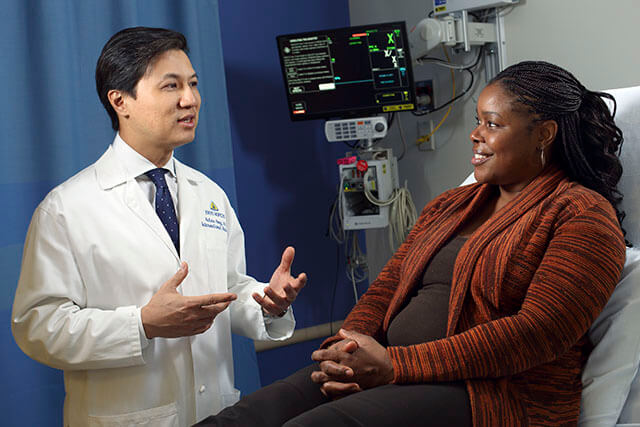Central Venous Access Port Placement or Removal

A Central Venous Access Catheter or CVACs is a tube that is inserted beneath your skin so there is a simple, pain-free way for doctors or nurses to give you nutrients, or to draw your blood.
What happens during a Central Port Access procedure?
An interventional radiologist will do the CVAC procedure. You will receive medication to help you relax, and the area will be numbed. A needle is inserted into the skin, creating a small tunnel. The CVAC is then placed in the tunnel with the tip coming to rest in a large vein. You may feel some pressure and slight discomfort during the procedure, but it is not very painful.
Why Choose Johns Hopkins Medical Imaging?
Physician Experts

#1 Radiology Department
State-of-the-Art Technology

Your Safety Is Always Our Priority

Specialty Technologists

Patient Care

